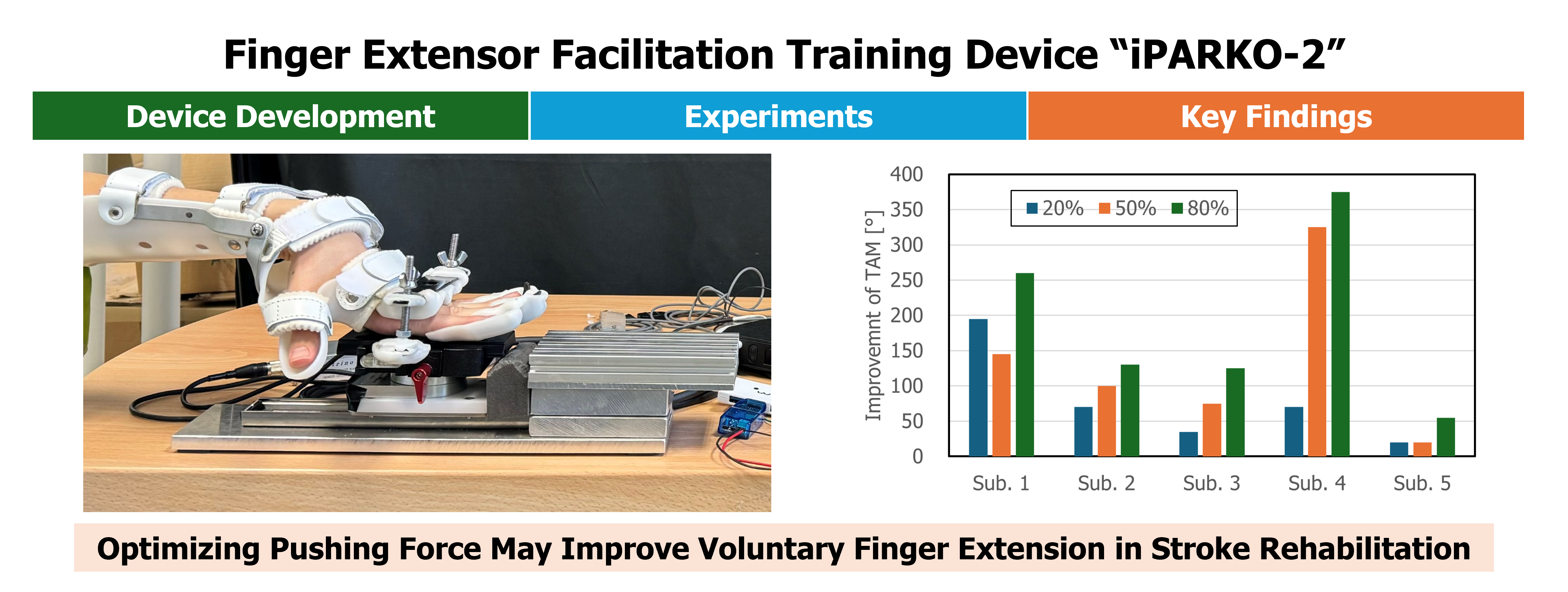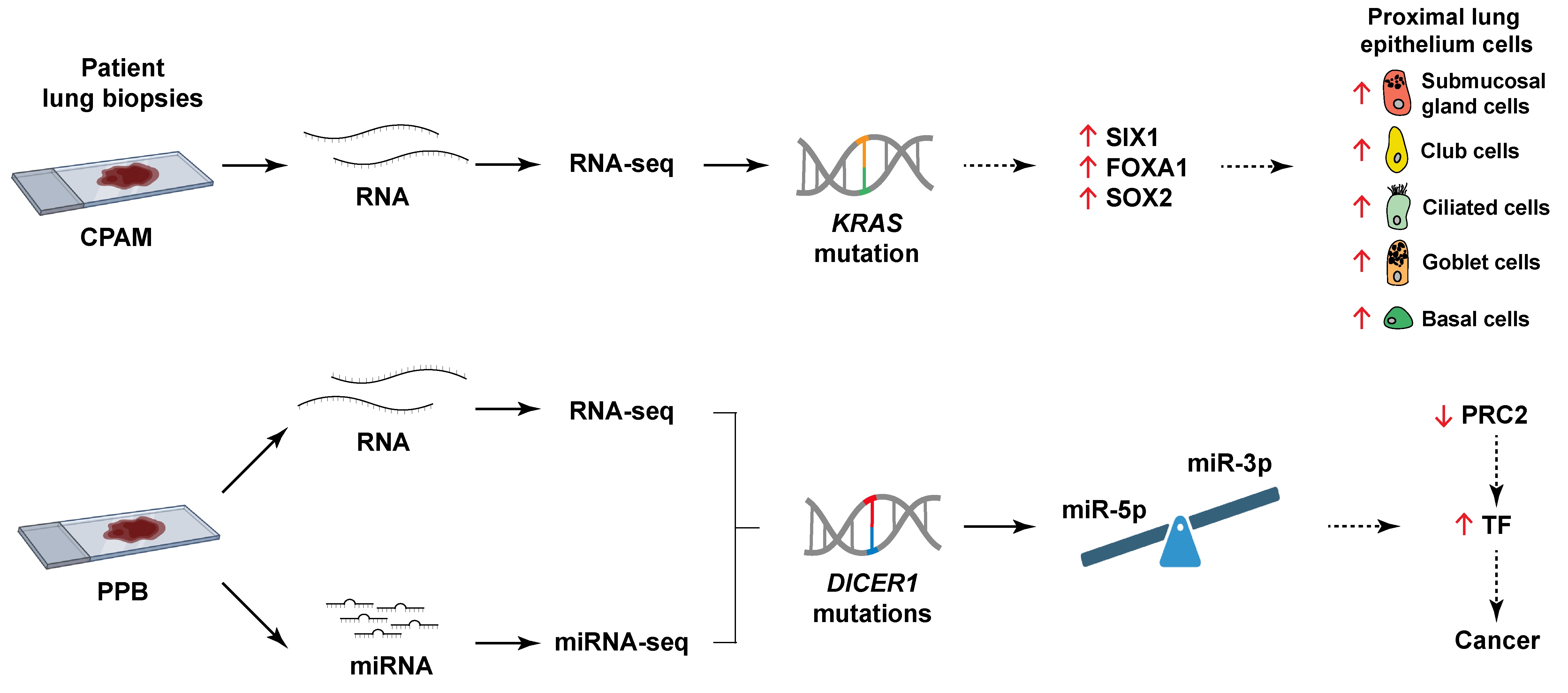Artiles
Open Access
Article
07 January 2026Using a MOF of Wetted Quasi [Zn4O(bdc)3] as Both the Battery Separator and the Electrolyte to Prepare All-Solid-State Batteries of Both ASS-LTO/Li and ASS-Gr/Li
For the first time, a well-defined all-solid-state lithium battery (denoted as ASS-LTO/Li) assembled by an electrode of lithium titanate (Li4Ti5O12, LTO), a metal-organic framework (MOF) of wetted quasi [Zn4O(bdc)3] and a metallic lithium foil is prepared in this work, in which the wetted quasi [Zn4O(bdc)3] is not only employed as a separator but also used as the solid-state electrolyte. The initial charge and discharge capacities of the as-prepared ASS-LTO/Li at 0.2 C are as high as 187.4 and 286.4 mAh·g−1, respectively, corresponding to a Coulombic efficiency of about 65.4%. More importantly, the discharge capacity of ASS-LTO/Li after 100 cycles at 1 C is still as high as 125 mAh·g−1. After a thorough characterization, the greatly attenuated CV peak area, the evidently increased charge transfer resistance, as well as the decomposition of the quais [Zn4O(bdc)3] during cycling, are analyzed to be the main reasons providing the ASS-LTO/Li with an evident decay of the electrochemical performance in the long-term test of 100 cycles at 1 C. An all-solid-state battery (denoted as ASS-Gr/Li) that is constructed by a pure graphite electrode (abbreviated as Gr), a wetted quasi [Zn4O(bdc)3], and a metallic lithium foil is also prepared in this work. The initial discharge capacity of ASS-Gr/Li at 0.2 A·g−1 is about 169 mAh·g−1, a value evidently lower than the theoretical value of graphite (372 mAh·g−1). The discharge capacity of ASS-Gr/Li at 1.0 A·g−1 is about 24 mAh·g−1, which decreases to about 12 mAh·g−1 after 100 cycles. Although the battery performances of the above two newly developed batteries are poor as compared to the state-of-the-art all-solid-state lithium batteries reported recently, this work sheds light on a novel approach for the further exploration of all-solid-state lithium battery.

Open Access
Article
04 January 2026Relationship between Pushing Force and Improvement in Total Active Motion in Training with Finger Extensor Facilitation Training Device “iPARKO-2”
The recovery of hand function in chronic stroke survivors is challenging because of finger complexity and post-stroke spasticity. This study developed iPARKO-2, a novel device that simulates the manual finger extensor facilitation technique while overcoming the limitations of the original device. iPARKO-2 enables the simultaneous fixation of the index through the little fingers and applies resistance from the proximal phalanges, allowing training in patients with strong fingertip spasticity. This study is a pilot study aimed at technical validation and feasibility. Five participants underwent training at three distinct target-pushing force levels. Concurrently, their active range of motion and extensor muscle activity were measured. The results show a direct correlation between the increased pushing force and the improvement in total active motion. Furthermore, the level of muscle activity exhibited a positive correlation with the extent of the observed improvement. iPARKO-2 also reduced the fixation time and enhanced usability. These findings suggest that iPARKO-2 effectively enhances voluntary hand movements and that pushing force is a key factor in determining training efficacy.

Open Access
Article
04 January 2026Valuing Family Farming in Portugal through the Family Farming Statute
Many family farmers depend on public support to maintain their activity, which highlights the need to review the challenges associated with their farming system and marketing. The importance of family farming reinforces the need to include this sector in agricultural, environmental, and social policies, identifying opportunities and promoting the necessary changes to ensure more equitable and balanced development. In Portugal, in 2018, the Family Farming Statute was established to distinguish, recognise, and value family farming through specific local support measures. In this study, farmers with the Family Farming Statute in the North of Portugal were characterised. Interviews were conducted using questionnaires, and the indicators/requirements currently provided in the statute were analysed. Based on the literature review, new indicators have been suggested to help increase the number of family farmers included in the Statute. Despite being a good policy to support family farming, the Family Farming Statute needs revision to ensure wider inclusion. Support should be more attractive and comprehensive, including economic support, technical assistance, training programmes, local marketing channels, valorisation of traditional products, and short supply chains.

Open Access
Article
31 December 2025Diversity and Community Structure of Birds in Urbanized Habitats of a City in the Arid Zone in South-Western Africa
Towns and cities may provide suitable habitats for wildlife, including birds. In Africa, ecological studies on avian communities are, however, rare. Namibia is an exception to the rule, but even here, there is still an urgent need to conduct such studies in various urban habitats. This study has been conducted on breeding bird communities in Windhoek, the largest city in the country. Bird communities were quantified in five distinguished habitats by means of the line transect method. In total, 16 transects were designed, with a total length of 82.8 km. The studies were conducted in August 2020. The avian assemblage was composed of 32–45 resident (breeding) bird species in various habitats of the city, with 4–7 dominant species distinguished in each habitat. In all distinguished habitats, granivores comprised more than half of all birds recorded. Frugivores comprised 20.4–28.0% in most habitats. In most habitats, birds nesting on trees or shrubs comprised at least 50%, except for the city centre, where they comprised only 30.6%. On the other hand, only in the city center, species nesting on/in buildings comprised as much as 68.2%; in all other habitats their contribution ranged between 39.2% and 48.5%. The Shannon’s Diversity Index ranged slightly between 1.17 and 1.26. Also the Pielou’s Evenness Index was much the same (0.31–0.36) in all habitats investigated.

Open Access
Article
31 December 2025Comparative Transcriptome Analyses Highlight Distinct Pathogenetic Mechanisms for Pleuropulmonary Blastoma and Congenital Pulmonary Airway Malformations
Pleuropulmonary blastoma (PPB) and congenital pulmonary airway malformations (CPAM) are two rare cystic lung diseases occurring in childhood. PPB can evolve from a low-grade epithelial cyst lesion to a high-grade sarcoma with a poor prognosis, whereas CPAM usually has a favorable non-tumorous outcome. Clinical similarities complicate diagnosis and may delay appropriate care. PPB is associated with DICER1 mutations that disturb miRNA biogenesis, altering the miRNA repertoire. Conversely, KRAS mutations are detected in CPAM, but their implication remains unclear. To decipher the mechanisms underlying these diseases, we undertook a comprehensive analysis of molecular variations in CPAM and PPB lung lesions using genome-wide RNA-seq and miRNA-seq assays. Each pathology displayed a distinct expression profile revealing a unique etiology. CPAM presented misexpression of bronchial epithelial markers correlating with KRAS mutation, while changes in expression of distal lung epithelial and mesenchymal markers were PPB-specific. PPB also exhibited abnormal gain of expression of developmental transcription factors, likely due to perturbed Polycomb Repressive Complex 2 (PRC2) activity. Overexpression of miR-323a-3p, which targets the PRC2 subunit EED, correlated with decreased EED expression. Together, these observations propose a PPB pathogenetic mechanism connecting DICER1 mutations and altered miRNA profile to defective PRC2 activity, misexpression of developmental transcription factors, and cancer.

Open Access
Editorial
30 December 2025Immune Escape Mechanisms in Non-Small Cell Lung Cancer: From Biological Complexity to Actionable Targets
Despite significant progress in immune checkpoint inhibitors (ICIs) and targeted therapies, non-small cell lung cancer (NSCLC) continues to be associated with high rates of primary and acquired resistance. Although PD-1/PD-L1 blockade has revolutionized treatment, its clinical development has largely followed a one-size-fits-all approach, relying on limited biomarkers such as PD-L1 expression or tumor mutational burden. It is now increasingly clear that immune escape in NSCLC is orchestrated by a multifaceted, multilayered network of both tumor-intrinsic alterations and TME (tumor microenvironment)–driven mechanisms. The challenge has been to understand and to therapeutically exploit these immune escape pathways and this knowledge is now needed so that rather than embark on empirical combinations we can advance to rational, immune-informed targeted therapies.

Open Access
Review
30 December 2025Advances in Hydrology of Irrigation Districts in Cold Regions
Given the extreme complexity of systems, the strategic importance of water resources, and the high ecological vulnerability in cold-region irrigation districts (CRIDs), research on the hydrological processes in these areas represents not only an interdisciplinary scientific endeavor, but also a critical practical challenge with direct implications for food security, water security, ecological safety, and sustainable regional development in high-altitude and high-latitude regions. The evolution of this field has progressed from early phenomenon identification to mechanistic analysis and, more recently, to multi-process and multi-scale simulation frameworks. This paper provides a systematic review of hydrological processes in CRIDs. It first examines fundamental components such as precipitation, evaporation, snowmelt, and groundwater recharge, highlighting their distinct behaviors under the combined influence of freeze–thaw cycles and irrigation practices, and further discusses the interactions and coupling mechanisms among these processes. Irrigation not only alters soil moisture distribution and freeze–thaw dynamics but also, together with freeze–thaw processes, shapes the transient hydrological dynamics characteristics of water and energy transfer, thereby influencing system stability and agricultural productivity. Hydrological modeling has advanced from simplified empirical approaches to mechanistic frameworks that integrate multiple processes and scales, yet challenges remain in the representation of nonlinear freeze–thaw, the integration of irrigation management, and cross-scale consistency. Moreover, cold-region irrigation districts exhibit heightened sensitivity to extreme events, such as rapid snowmelt, severe droughts or heavy rainfall. Future research should deepen the integration of freeze–thaw mechanisms with crop models, advance multi-scale coupled simulations, enhance long-term monitoring and scenario analysis, and systematically incorporate water–carbon balance and ecological effects into hydrological assessments. These efforts will support sustainable management and precision regulation of water resources in cold-region irrigation districts.

Open Access
Article
30 December 2025Genetic Diversity Among Populations of Bighead Carp (Hypophthalmichthys nobilis) Upstream and Midstream Yangtze River by Microsatellite DNA Analysis
Bighead carp (Hypophthalmichthys nobilis) has an essential role in freshwater fisheries worldwide, especially in China, yet its germplasm resources in the upstream Yangtze River have been scarcely studied. We used nine polymorphic microsatellite markers to assess genetic diversity and differentiation in seven bighead carp populations from the upper-middle Yangtze River. In five populations from the upstream and two populations from the midstream of the Yangtze River, a total of 101 alleles were detected, with the mean value of alleles per population varying from 5.3 to 8.4. Moderate genetic diversity of seven populations was detected with the values of Ho, He and PIC ranging from 0.598 to 0.683, 0.647 to 0.703 and 0.591 to 0.639, respectively. Weak population differentiations (Fst = 0.0000–0.0478) were observed, which indicated that bighead carp populations up and down the Three Gorges Dam (TGD) could be regarded as a group. Structure and clustering analysis consistently supported that the bighead carp samples examined in this study were clustered as one group, except a population from Dongting Lake (DTL), the second largest lake of China, in the midstream of the Yangtze River. This study provided evidence of moderate genetic diversity and weak differentiation among bighead carp populations from upstream and midstream regions of the Yangtze River, suggesting that the TGD has not yet had a significant influence on population genetic structure. These results are valuable for conservation genetics and sustainable utilization of bighead carp resources in the Yangtze River.

Open Access
Article
30 December 2025Fabrication, Properties of Dense CA6 Refractory and Its Reaction Behavior with Titanium Aluminum Alloy
The key objective in the production of titanium-aluminum alloys by vacuum induction melting technology is to develop crucible materials with excellent thermal stability and thermal shock resistance. In this work, a dense CA6 (calcium hexaluminate) refractory material was successfully prepared by a two-step sintering method using industrial Al2O3 and CaCO3 as raw materials. The properties of CA6 refractory and its refaction behavior with Ti6Al4V alloy were investigated, by setting Al2O3 and CA6-Al2O3 materials as control groups. The CA6 refractory showed the highest flexural strength and medium thermal shock resistance. By comparing the reaction behavior of different crucibles with Ti6Al4V alloy, the pure CA6 crucible showed the best resistance to alloy corrosion. It was almost not eroded after melting (only ~100 μm of penetration was observed), and the alloy was the least polluted. Based on the excellent chemical stability and thermal shock resistance of CA6, it could be a potential titanium aluminum alloy smelting material.

Open Access
Article
29 December 2025Vertical Axis Tidal Turbine Behaviour under Sheared Flow Effects
Tidal turbines are often subjected to complex flow conditions that can affect their power output and the risk of failure. In this article, an experimental study on a vertical axis tidal turbine with twin counter-rotating rotors is carried out at 1/20 scale, submitted to a sheared turbulent (ST) flow and a sheared weakly turbulent (SWT) flow. The performance and wake development comparison indicates that the turbine behaves differently depending on the shear rate considered. A 7% decrease in performance is observed at the turbine’s nominal operating point between uniform and ST conditions. The asymmetry of the flow along the vertical axis is reflected in the angular and frequency distributions of the rotor torque, indicating a production asymmetry between the lower and the upper rotors. Analysis of wake development reveals that transport terms constitute the main mechanism of wake dissipation. In the case of SWT and uniform flow, vertical advection largely dominates the other terms, whereas in ST flow, transverse advection is initially predominant. This results in a higher average wake height and a lower average wake width in the ST case compared to the other flow conditions, and a faster wake recovery.
